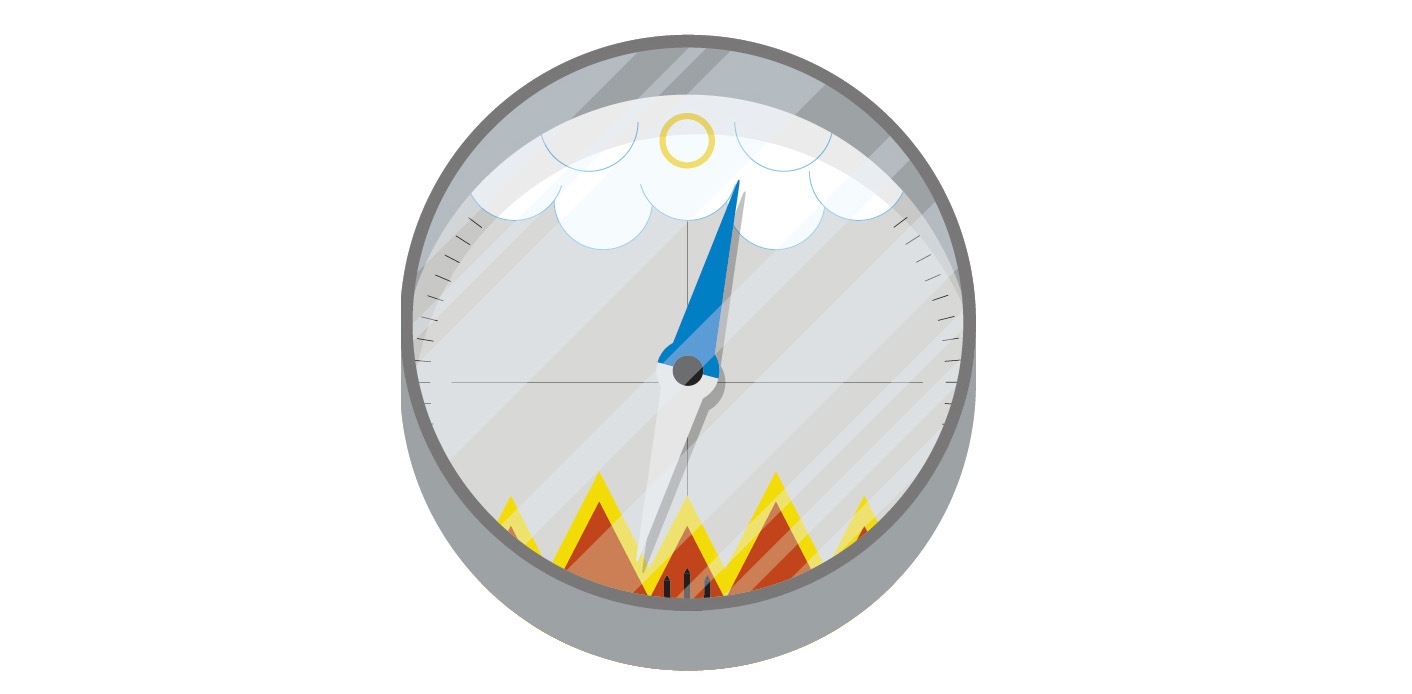
To stay strategically viable, the Board should ask: What new opportunity spaces does the company pursue and how is the strategy different from others exploring the same competitive space? What are the company’s innovation moves and customer benefits that the competitors cannot easily imitate and that the customer appreciates?
To answer these questions, the Board should dedicate one of its meetings with the CEO to consider what the five-to-ten major strategic innovations are that the company is betting its future growth on and that the competitors are not.
The word strategic above means that the innovations are potential game changers – worth investing in as the longer term business prospects are significant.
The follow-up for the Board in the next meeting with the CEO is to see whether these innovations are being experimented on with customer feedback. An issue common to many Finnish companies appears to be making the product too ready before offering it to the customers. It is better to ask the customers’ participation early on, in the design phase.
The innovations are potential game changers.
A good test of the credibility of innovation claims is to assess the share that the company has gained in emergent market opportunities near its business mission during the last five years. Should the markets be changing radically while the company is failing to capture substantial new market share, is a sign that the Board should note and take action on. This is also the key renewal metric the Board ought to be evaluated on.
The second innovation metric for the Board is to consider strategy decay, the slow loss of the effectiveness of the company strategy. Signs of strategy decay include turnover and profitability developing into separate directions. Turnover growing at the expense of profitability means the strategy is losing its market attractiveness. The increase of profitability with lagging turnover suggests unsustainable in the longer term.
The mechanisms creating such strategy decay are competitors imitating, superior customer solutions emerging, losing pricing power and/or the company’s offerings becoming irrelevant to the market. The potential competitors and also customers should be regularly assessed in their potential to cause such strategy decay.
It is easy to improve oneself to obsolescence – become better and better at something that no one cares about any longer. T-head engines or cassette recorders anyone? Maintaining relevance is the third metric the Board should pay attention to. How many customers are passionate about the company and what it has to offer? To whom is the company’s offering important or even irreplaceable?
Maintaining relevance is the third metric the Board should pay attention to.
This is the viability question the shareholders should be asking the Board about. Only dedicated customers make the company resilient. Like old generals that never die – they simply fade away, strategies that are not renewed every few years become ghosts of the good old times. Replacing the CEO at the decay point is most likely too late. The role and responsibility of the Board is to anticipate and track the innovation dynamics of the company in its marketplace.
The Board member’s elevator pitch: The three ways in which the company under my watch will increase its strategic viability.
Kirjoittaja:
Professor of Innovation Management, Aalto University & Hanken School of Economics
Author of The Resilient Organization, McGraw-Hill 2010 and Strategic Innovation, Pearson/Financial Times Press, 2015.
Teema-artikkeleita julkaistaan kevään aikana liittyen Directors’ Institute of Finlandin ajankohtaisiin teemoihin. Ensimmäisen vuosineljänneksen teema on Hallitus ja asiakas. Toisen vuosineljänneksen teema on Hallitus ja innovaatiot. Teema-artikkelit julkaistaan kokonaisuudessaan Boardview-lehdessä kesäkuussa. Kirjoittajat ovat DIF:n valitsemia asiantuntijoita.

